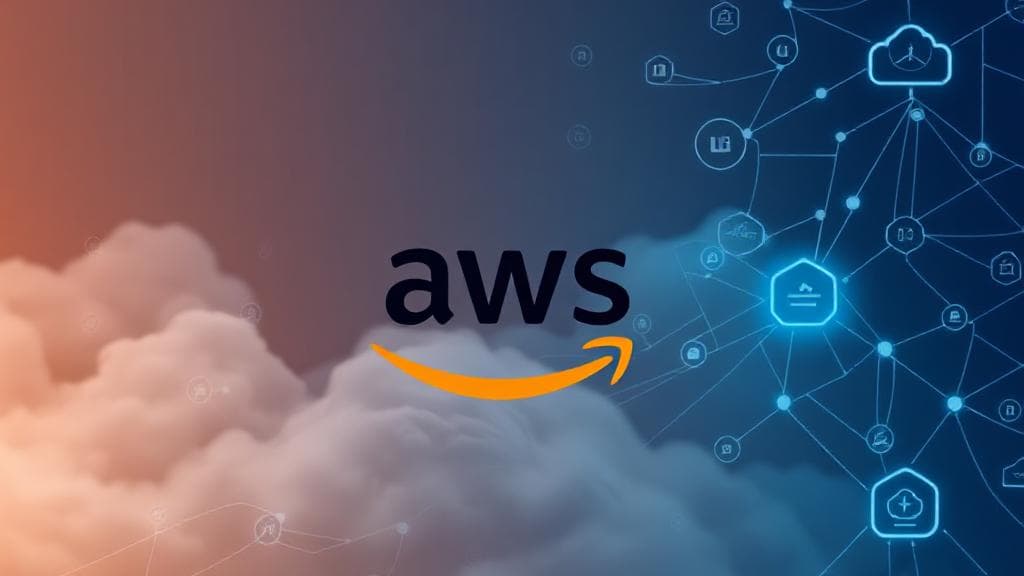Understanding AWS: What Does It Stand For? 🌐
In the realm of cloud computing, AWS stands for Amazon Web Services. It is a comprehensive and evolving cloud computing platform provided by Amazon. Launched in 2006, AWS was one of the first companies to introduce a pay-as-you-go cloud computing model that scales to provide users with computing power, storage, and other resources as needed.
The Origins and History of AWS
Amazon Web Services began as an internal infrastructure that Amazon.com used to handle its online retail operations. Recognizing the potential of this infrastructure, Amazon decided to offer it as a service to other businesses.
"Amazon Web Services was born out of the internal needs of Amazon.com, as the company sought to standardize and scale its infrastructure."
Key milestones include:
- 2002: AWS was officially launched, offering a few services
- 2006: The first major services, Amazon S3 (Simple Storage Service) and EC2 (Elastic Compute Cloud), were introduced
- 2012: AWS achieved $1 billion in revenue, highlighting its rapid growth and adoption
Services Offered by AWS
AWS provides over 200 fully-featured services, including:
-
Compute Services:
-
Storage Services:
-
Database Services:
-
Security, Identity, and Compliance:
Technical Implementation
For developers working with AWS, the platform is often accessed through the AWS CLI:
Benefits of Using AWS
AWS has maintained its position as the market leader in cloud computing for several reasons:
- Scalability: Resources can be easily scaled up or down to match changing needs
- Cost-Effectiveness: Pay-as-you-go pricing model improves budget predictability
- Global Reach: Data centers around the world provide low-latency connections
- Reliability: Many services offer SLAs of 99.99% or higher
- Security: Robust security framework to protect data and applications
Getting Started
To begin using AWS, users can sign up for a free account on the AWS website. AWS provides comprehensive training and certification programs to help users develop their skills and knowledge of the platform.
For more information and updates, consider visiting:
